Flying to space is an extraordinary experience, but it doesn’t come easy for astronauts. They must go through the world's most competitive selection processes and intensive training that lasts about two years, according to NASA. After this, they still need to pass rigorous tests before becoming eligible for a flight mission. Among these tests, former NASA astronaut José Moreno Hernández revealed one particularly bizarre test: the pee and poop module test, reported IFL Science.
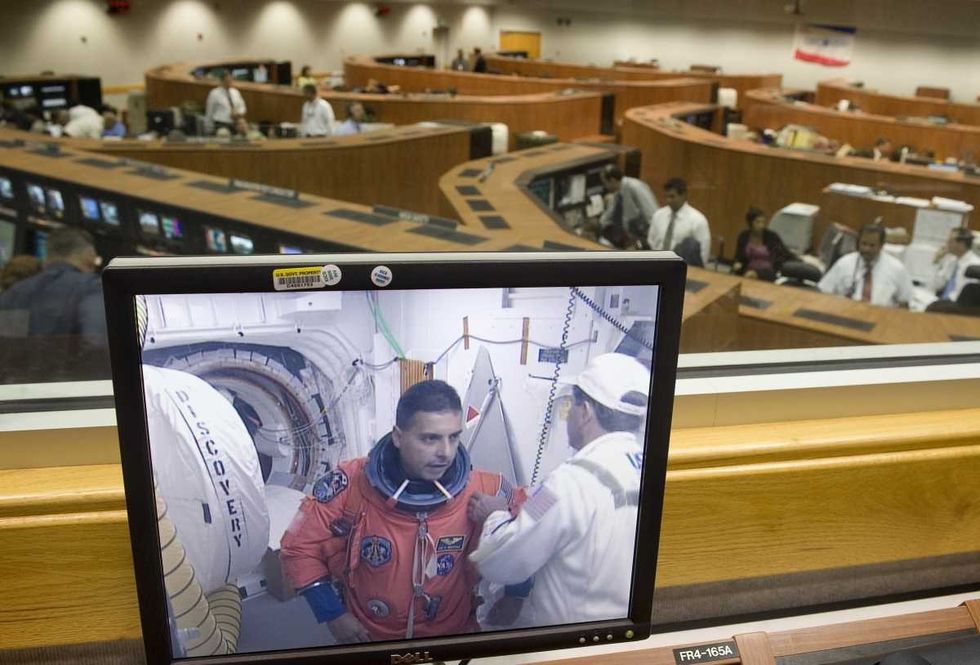
Astronauts who pass the initial selection procedure are taken to a comprehensive “boot camp” where they are schooled in various shuttle and space station systems along with different kinds of science and engineering skills such as water survival, aircraft operations, and scuba diving. Some parts of training are carried out in simulated settings to familiarize them with real-time spacecraft setup. They undergo robotic arm operations tests to learn how to survive in microgravity environments. Among the many tests is one that is rarely addressed. This test, the “pee and poo test,” tackles the problem of how astronauts will use the restroom during their space flight.
The challenge lies in the microgravity environment of the International Space Station (ISS), where liquids and solids float weightlessly. This creates a potential mess for astronauts using the restroom. On Earth, gravity directs waste into the toilet, but in space, airflow must control their movement.
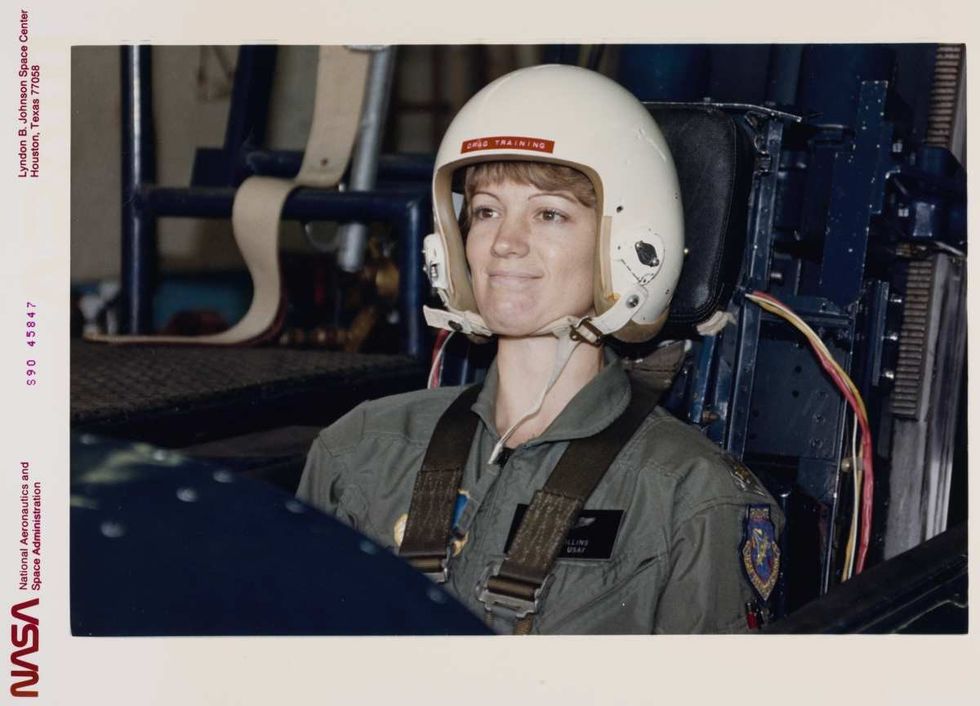
During early Apollo missions, NASA didn't have much technology to support the peeing and pooping processes for the astronauts. This created problems for the first astronaut who was assigned the spacewalk mission. Before Apollo 12, astronauts mostly used collection bags to process the excrement. For spacewalks or trips outside the spacecraft, they employed the Fecal Containment System (FCS), a "pair of underpants of absorbent material worn under the liquid cooling garment,” which was basically a diaper.
In the past few years, NASA has constructed a more advanced bathroom technology, especially after it began to send female astronauts on space missions. The space agency spends an enormous budget of about $23 million on this technology so astronauts don’t have to face any annoying scenarios during their flight. The entire technology is based on the science of airflow.
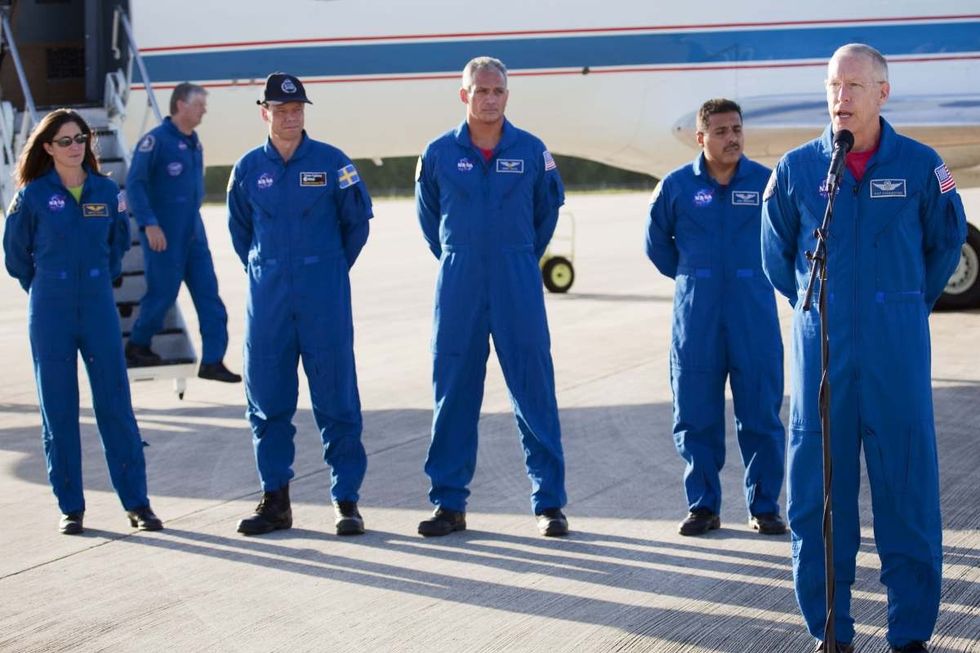
This technology includes a vacuum hose that creates artificial gravity to direct urine into the toilet area. For solid waste, astronauts must aim into a tiny area. A normal-sized toilet would be too costly, requiring a massive motor for airflow. "You better have good aim," Hernández told Metro. NASA trains astronauts thoroughly, with a class nicknamed “potty 101.” Hernández added, "They won’t check you off until you can do numbers one and two."
Hernandez also shared other interesting stories from his space travels. For instance, he said, that sleeping in space is just like “sleeping on a cloud.” He said that this is the best sleep ever as there are no pressure points.
Another tidbit he shared was about the things messy eaters would have to be aware of during their space voyage. If an astronaut opens too many packets of chips or biscuits at once, it will send the crumbs flying off all over space, causing a big mess, and even hampering the functioning of the technical systems. “You have to open one packet and eat it, and then open another,” he related. But above and beyond everything else, if someone aspires to be an astronaut and fly to space, they must first pass the pee and poo test. Without it, there is no mission for them.













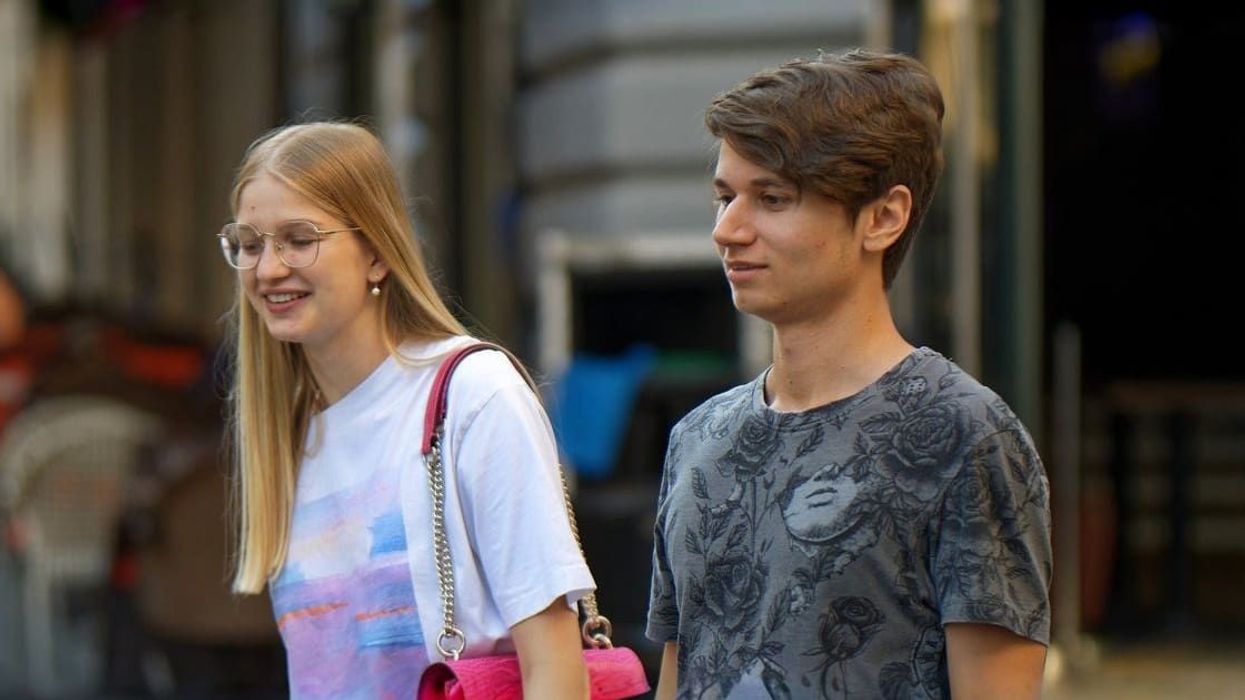



 Blue Ghost Mission 1 - Sunset Panorama GlowPhoto credit:
Blue Ghost Mission 1 - Sunset Panorama GlowPhoto credit: 
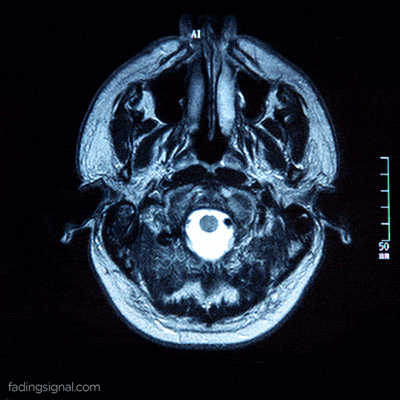 medical school brain GIF
medical school brain GIF woman leaning on man's shoulder
Photo by
woman leaning on man's shoulder
Photo by 
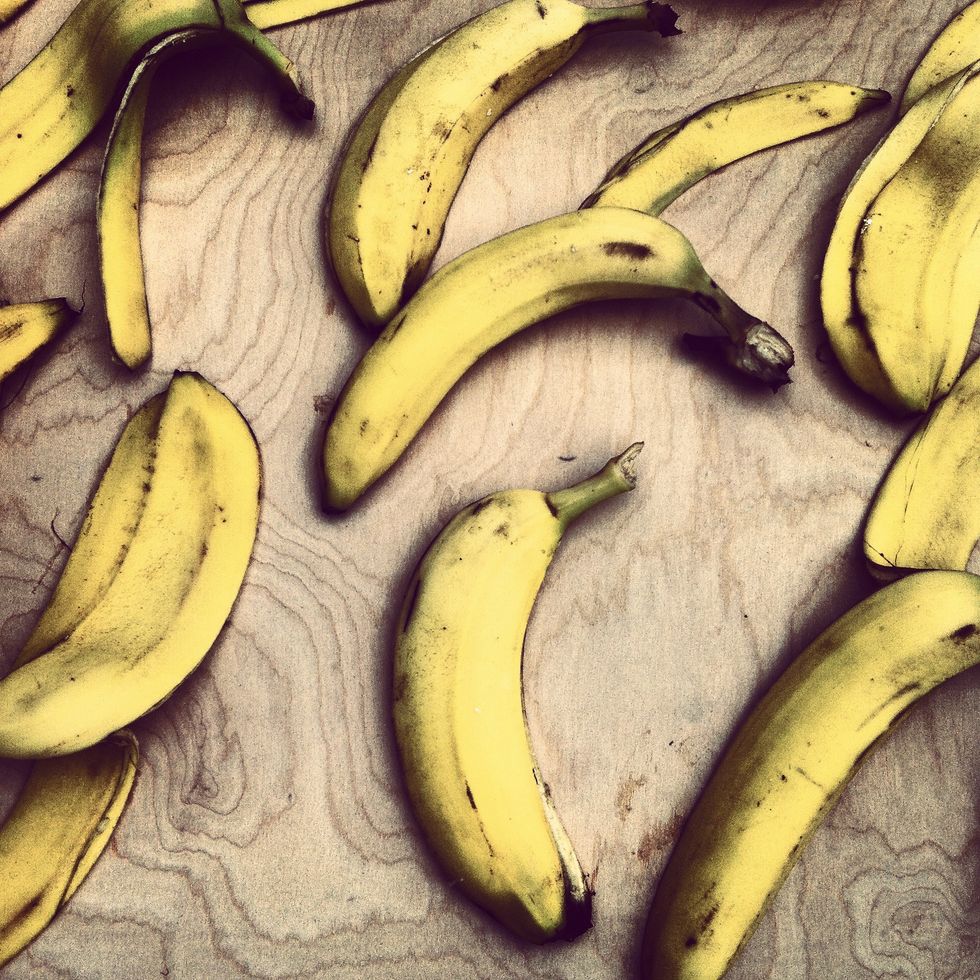 Ripe bananas
Ripe bananas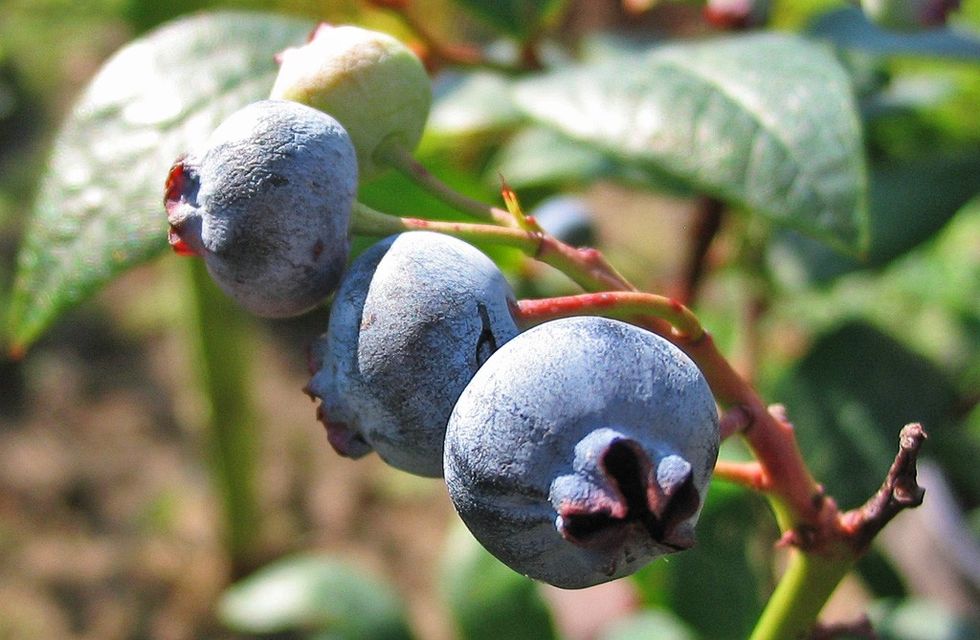 How we treat produce could be changing for the better.
How we treat produce could be changing for the better.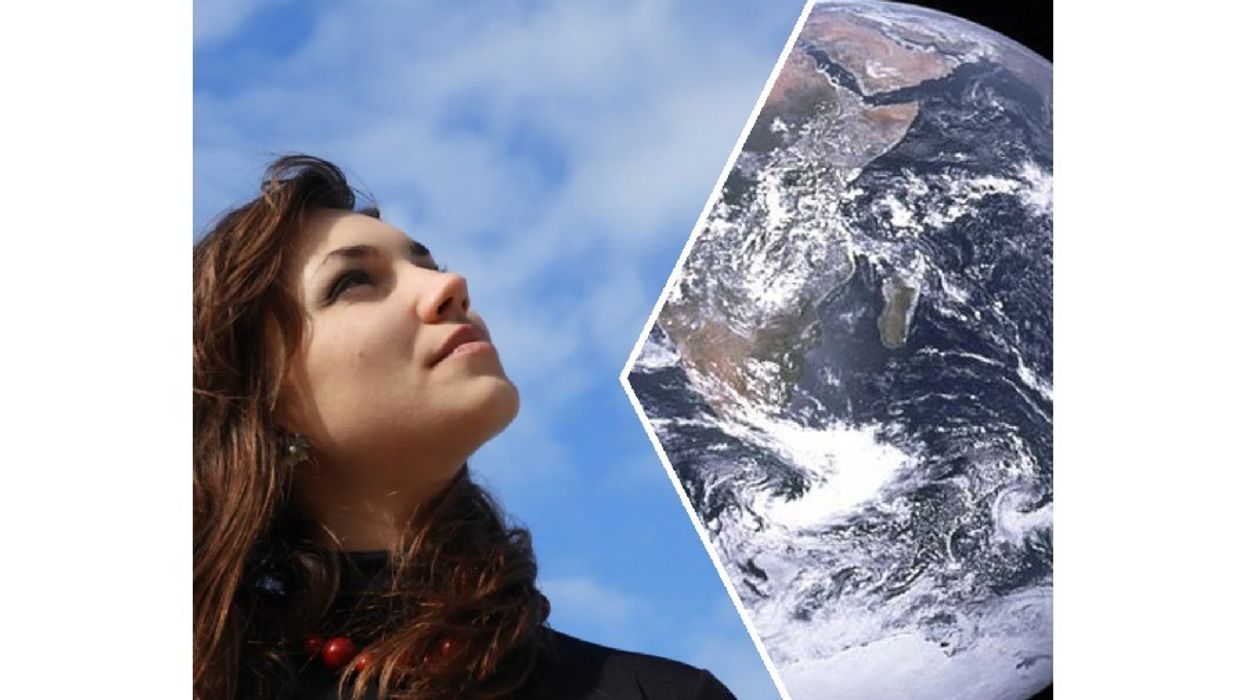
 The hole in the ozone layer in 2015.Photo credit: Wikimedia Commons
The hole in the ozone layer in 2015.Photo credit: Wikimedia Commons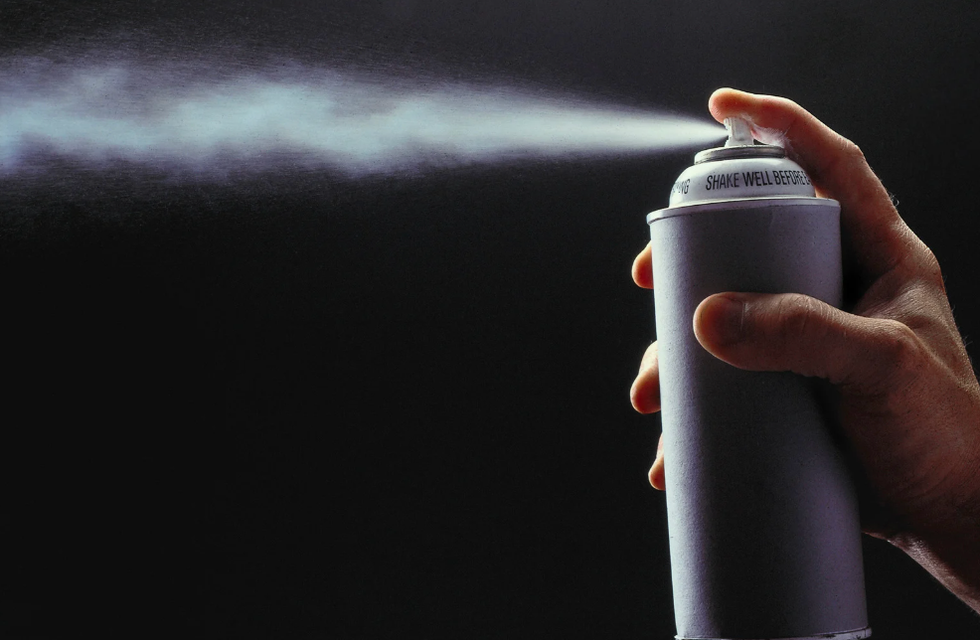 In the 1980s, CFCs found in products like aerosol spray cans were found to cause harm to our ozone layer.Photo credit: Canva
In the 1980s, CFCs found in products like aerosol spray cans were found to cause harm to our ozone layer.Photo credit: Canva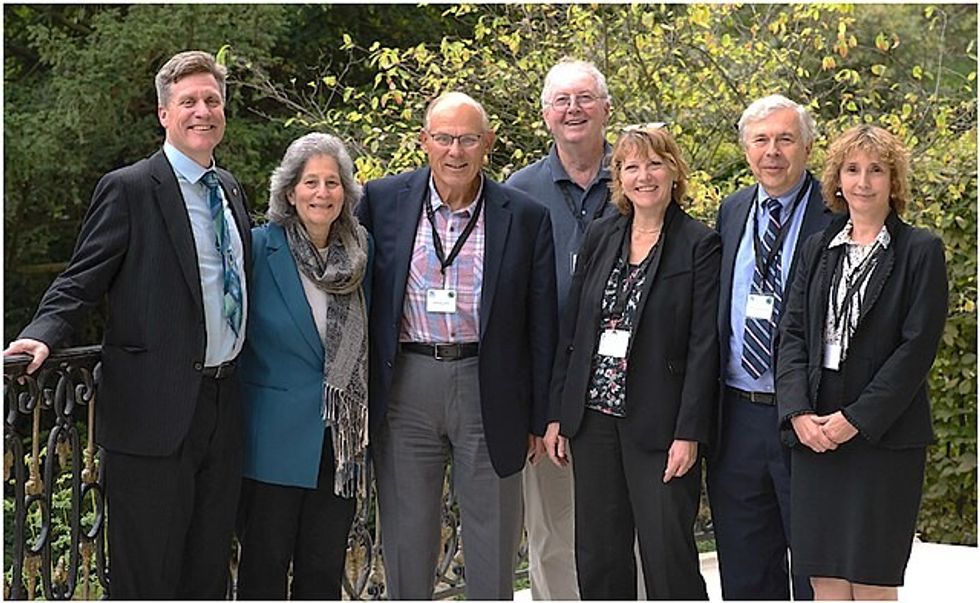 Group photo taken at the 30th Anniversary of the Montreal Protocol. From left to right: Paul Newman (NASA), Susan Solomon (MIT), Michael Kurylo (NASA), Richard Stolarski (John Hopkins University), Sophie Godin (CNRS/LATMOS), Guy Brasseur (MPI-M and NCAR), and Irina Petropavlovskikh (NOAA)Photo credit: Wikimedia Commons
Group photo taken at the 30th Anniversary of the Montreal Protocol. From left to right: Paul Newman (NASA), Susan Solomon (MIT), Michael Kurylo (NASA), Richard Stolarski (John Hopkins University), Sophie Godin (CNRS/LATMOS), Guy Brasseur (MPI-M and NCAR), and Irina Petropavlovskikh (NOAA)Photo credit: Wikimedia Commons
 Getting older means you're more comfortable being you.Photo credit: Canva
Getting older means you're more comfortable being you.Photo credit: Canva Older folks offer plenty to young professionals.Photo credit: Canva
Older folks offer plenty to young professionals.Photo credit: Canva Eff it, be happy.Photo credit: Canva
Eff it, be happy.Photo credit: Canva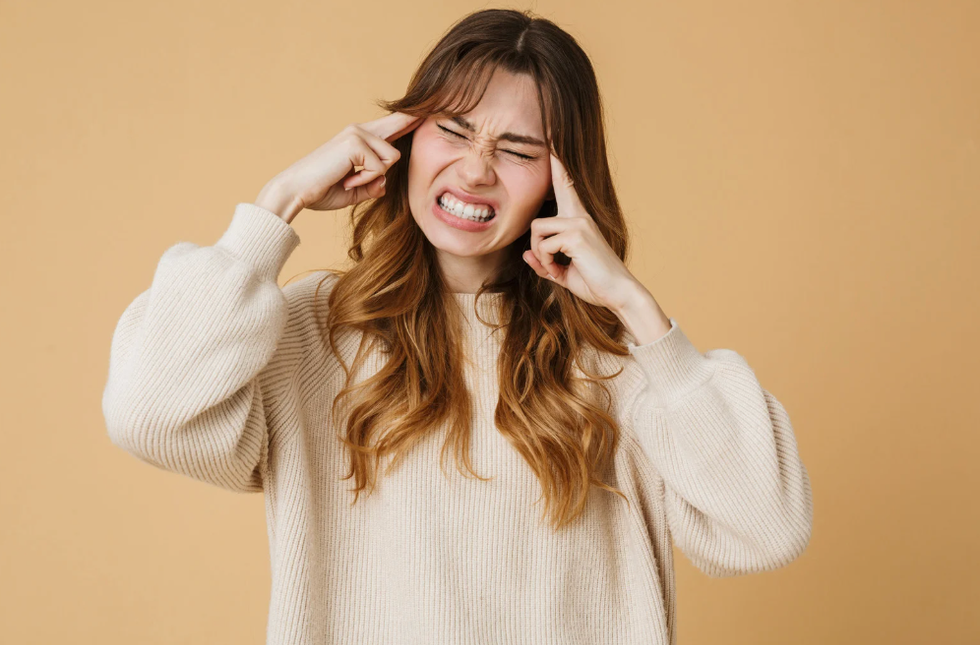 Got migraines? You might age out of them.Photo credit: Canva
Got migraines? You might age out of them.Photo credit: Canva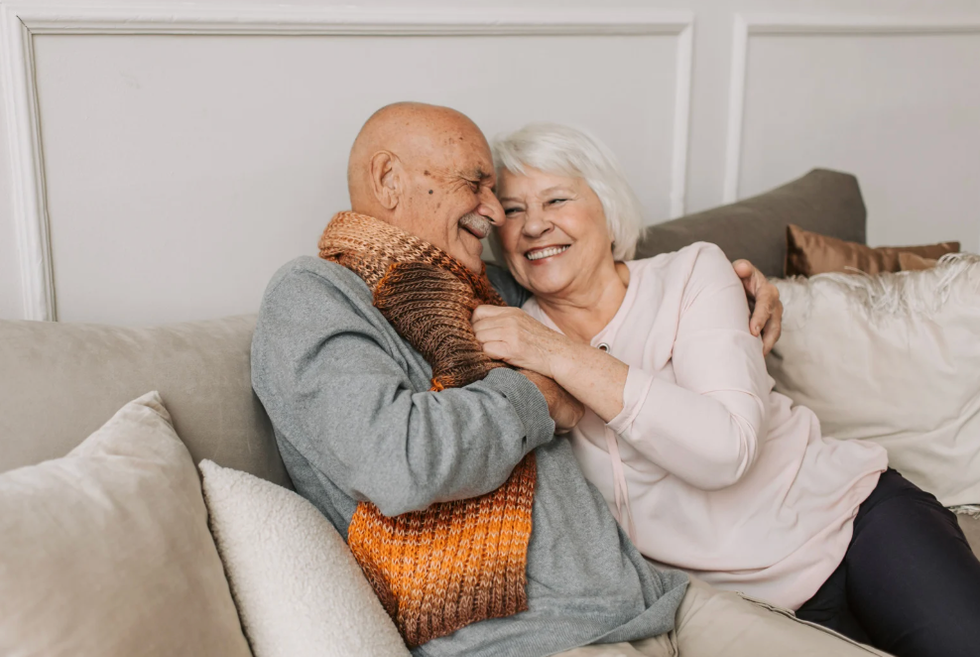 Old age doesn't mean intimacy dies.Photo credit: Canva
Old age doesn't mean intimacy dies.Photo credit: Canva
 University President Eric Berton hopes to encourage additional climate research.Photo credit: LinkedIn
University President Eric Berton hopes to encourage additional climate research.Photo credit: LinkedIn